Many areas create land banks to tackle vacancy. Why New Castle County does it in-house
Editor's Note: A previous version of this story incorrectly identified the director of the National Land Bank Network at the Center for Community Progress. His name is Brian Larkin.
Decades of neglect had left a home on Single Avenue in the Collins Park neighborhood in unincorporated New Castle County a haven for pests, squatting and drug activity.
Since 220 Single Ave. had come on the county's radar in 1999, the vacant property had ratcheted up 108 code violations along with 29 police calls. It owed nearly $15,500 in unpaid taxes, fees and code violation fines, according to county statistics. But when it went to sheriff's sale in 2019, the property received no bids.
Similar to Delaware’s largest city, New Castle County didn’t want to get into the property ownership business. Like many others that seek to tackle vacancy and blight in their communities, the county didn't want to amass too many vacant properties, making its handling of them unmanageable.
VACANCY INITIATIVE: NCCo plan addresses growing number of vacant homes
But the area's diversity, strong housing market and high homeownership rates made tackling blight in-house possible, county officials said. The county's economics haven't forced it to manage more vacant properties than the community can handle.
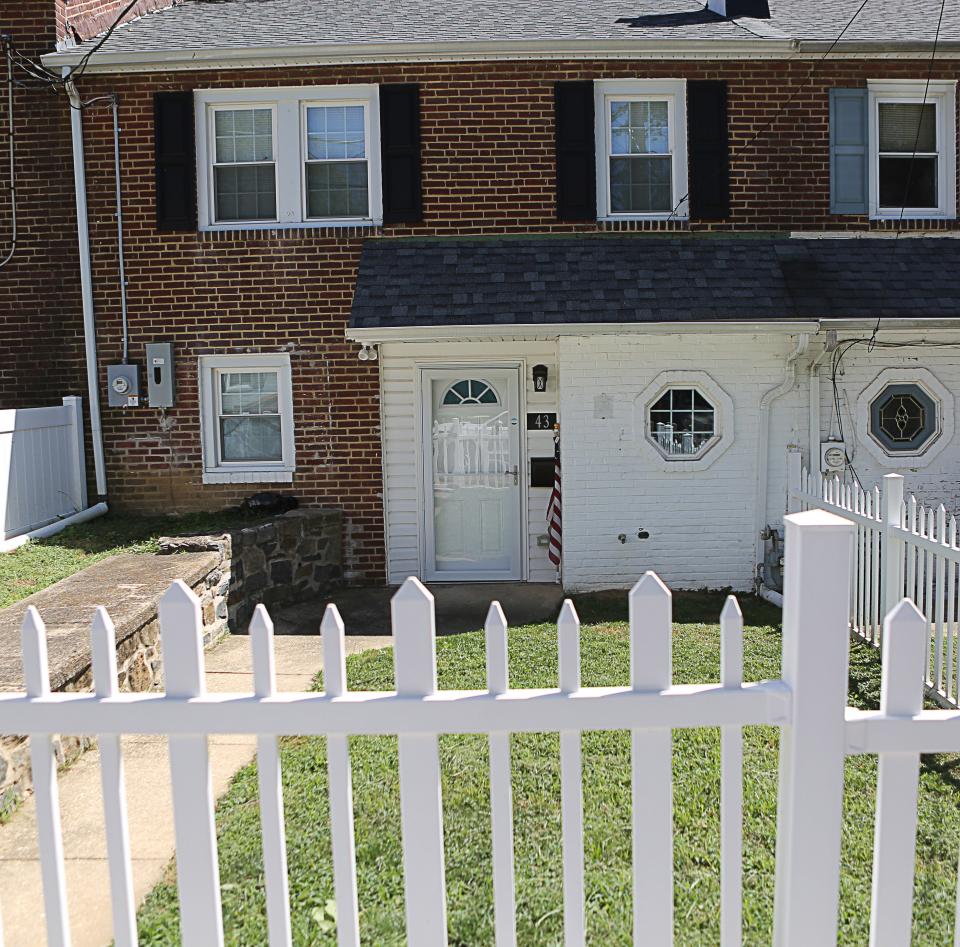
“We thought it was a problem we could solve in-house and address in-house, and it seems to be working,” county Executive Matt Meyer said.
New Castle County began taking steps to tackle vacant properties in unincorporated parts of the county in 2015 by asking owners of vacant properties to register the homes and pay fees, but only a few hundred complied. Two years later, a slew of bills and mechanisms were approved in the county, empowering officials to take a more hands-on approach to managing problem vacant parcels.
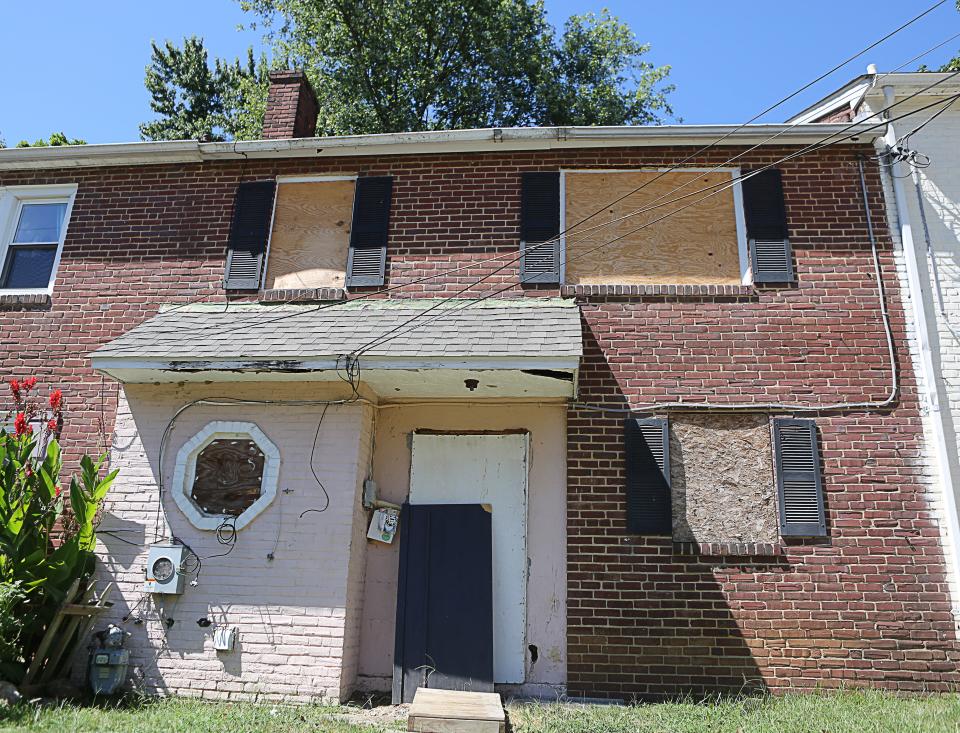
Communities across the country have taken varying approaches to rein in vacant properties, which drive down property values and can be havens for criminal activity and public health concerns. Many communities have turned to land banks – quasi-government entities that acquire problem properties and package them for sale – to manage and dispose of vacant homes, but in New Castle County, officials decided to keep it in-house.
“The relative share of vacant properties in the county, in unincorporated New Castle County, that are harder to manage is lower relative to say within the city of Wilmington, where they have a higher proportion of more challenging properties to manage versus the overall housing stock and versus the overall stock of vacant properties,” said Aundrea Almond, Meyer’s chief of staff. “We do own some property, but we don’t own enough to make it where we are needing a land bank.”
How the program works
The county’s Vacant Spaces to Livable Places Initiative was started by Meyer’s administration in 2017 as a multi-agency effort to reduce vacant property.
When the program first began, there were 1,350 known vacant properties. Since then, the county has cut the vacant count in half and collected $3.5 million in delinquent taxes and fees as a result, according to the 2023 community update on the initiative.
There were 689 known vacant buildings in January, according to the report.
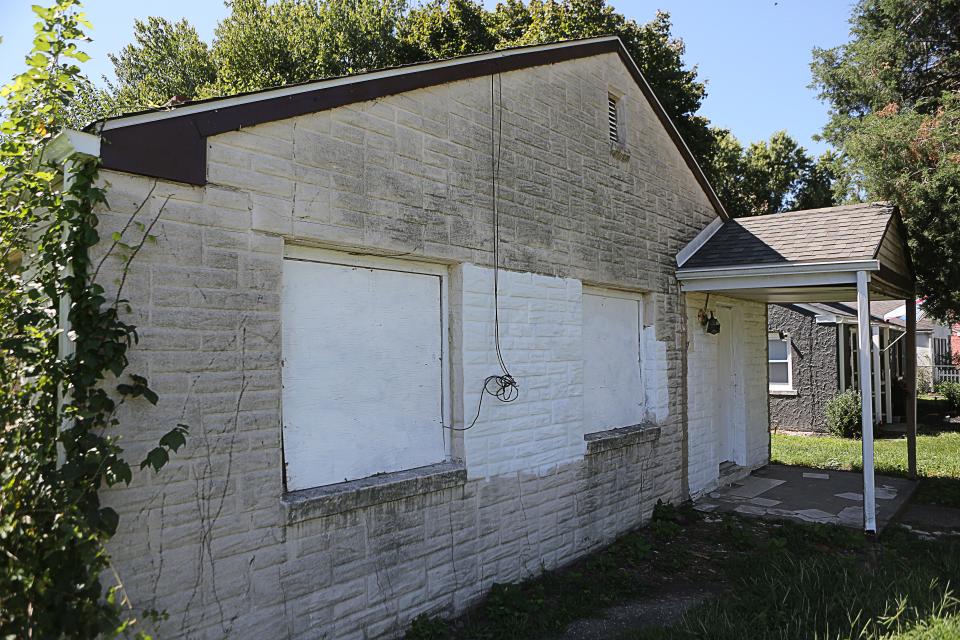
Vacant property owners are required to register with the county if the property has been vacant for 90 consecutive days. Fees are also assessed on the property for each year it remains vacant.
FINES INCREASE: New Castle County clamps down on vacant homes
It’s when a vacant home racks up unpaid property taxes, fines and fees and becomes a public nuisance to the neighborhood that the county’s program steps in.
STEP 1: Vacant properties owing more than $5,000, with considerable code enforcement violations as well as police calls and neighbor complaints, are reviewed by an internal team regularly to determine what approach the county should take to get it back into productive use.
STEP 2: A 10-day demand letter seeking payment is sent to property owners.
STEP 3: While many owners will respond and pay their arrears, those who do not are moved to sheriff’s sale.
STEP 4: Many properties are sold at sheriff’s sale to third-party bidders who make improvements upon purchasing, but homes that aren’t sold can be taken back by the county, termed a “buy back.” The county then either rehabs the property with available grant funding and sells it on the open market, or solicits bids for a nonprofit or developer to take on the work.
How it differs from a land bank
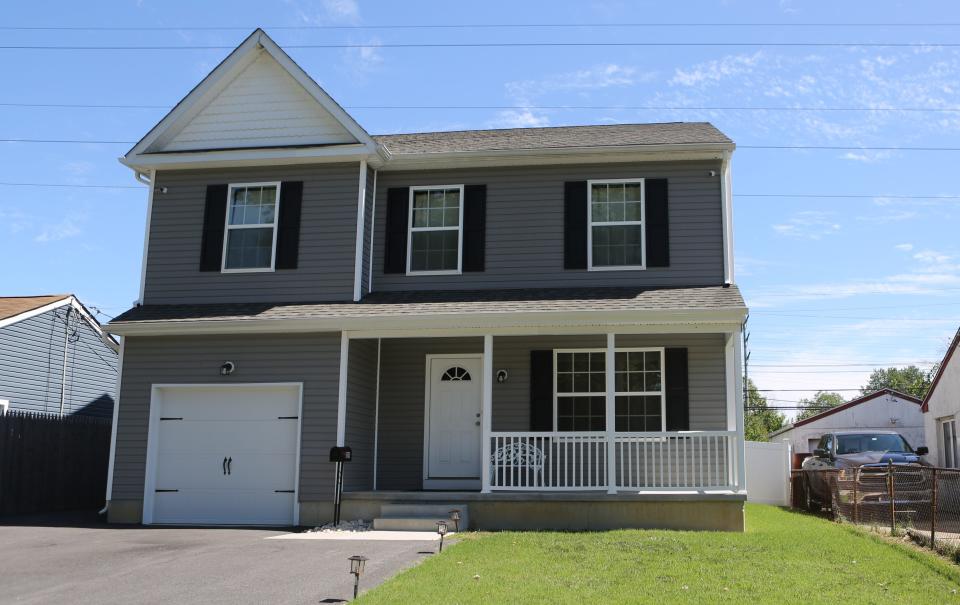
The county program operates similar to a land bank except that it doesn’t hold on to or “bank” properties like a land bank is empowered to do.
It may have a few contiguous parcels that are coupled in a sale, but the county market doesn't typically have large swaths of vacant buildings, said Carrie Casey, manager of the Division of Community Development and Housing for New Castle County.
The county does have the authority to exert more "control" on vacant properties, Casey said, but it doesn't bank them for larger development.
"We do this by retaining ownership and using grants from the state to renovate and sell to an income-eligible homebuyer with a 15-year deed restriction that the home remains homeownership," she said. "We also don't see a lot of vacant properties going to sale in one community."
Brian Larkin, the director of the National Land Bank Network at the Center for Community Progress that helps guide communities on tackling vacancy, said land banking is often a desirable approach for neighborhoods that have a high concentration of vacant parcels in distressed areas, but programs can vary.
“We think that land banks make sense, but it’s not always going to be the way in which people accomplish their goals,” he said.
LAND BANK TROUBLES: Former Wilmington land bank executive pleads guilty to misconduct, theft of at least $28K
The Center for Community Progress helped the city of Wilmington analyze its vacant property strategy and develop the Wilmington Neighborhood Conservancy Land Bank, which specifically tackles vacant buildings in Delaware’s largest city.
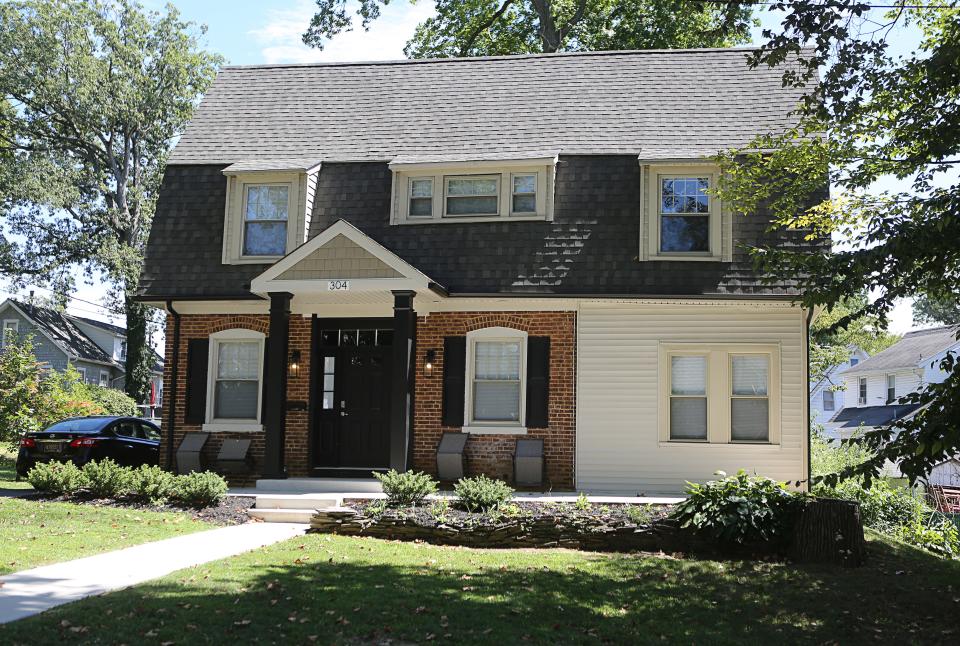
With an ever-fluctuating number of vacancies across the city that hovers around 1,400, Wilmington had no interest in owning hundreds of properties. Other dynamics like the conditions of the homes and housing market demand in Wilmington also made a land bank more appropriate.
CITY STRATEGY: With 1,400 vacant properties, Wilmington wants to tackle blight. Here's how they're trying
“Wilmington traditionally has far more challenges when it comes to dealing with problems caused by vacant and abandoned buildings and lots, and therefore we needed a unique tool to assist with rebuilding city neighborhoods,” said John Rago, the city Mayor Mike Purzycki’s deputy chief of staff.
A key benefit to establishing a land bank is the transparency and community engagement it requires, Martin said.
"With a land bank, they are explicitly charged to have a transparent process but also flexible disposition in a way that allows community voice," he said. "So it’s not necessarily going to be the highest bid or transaction for a specific dollar return, it may align with community goals."
What's next for county program?
As New Castle County continues to tweak the initiative and get more properties back into productive use, officials are now looking at how they can use existing tools to incentivize owners of vacant commercial property to fix them up and reoccupy the space.
Commercial properties are particularly challenging because no matter the fines and fees that may be levied on a property, it often is far less than what the property is worth, Casey said.
"For commercial, it makes more sense to keep paying than to do anything productive with the property," she said.
For example, a vacant hotel in unincorporated New Castle County racked up nearly $30,000 in back taxes, fines, fees and vacant property registry fines, but Casey said the owner continues to pay what's owed because the property is worth "way more" than what is due.
She acknowledged that to successfully address blight at vacant commercial property, it may take new legislation or mechanisms.
Got a tip? Contact Amanda Fries at afries@delawareonline.com, or by calling or texting 302-598-5507. Follow her on X at @mandy_fries.
This article originally appeared on Delaware News Journal: Why New Castle County opted to tackle vacancy, blight in-house

